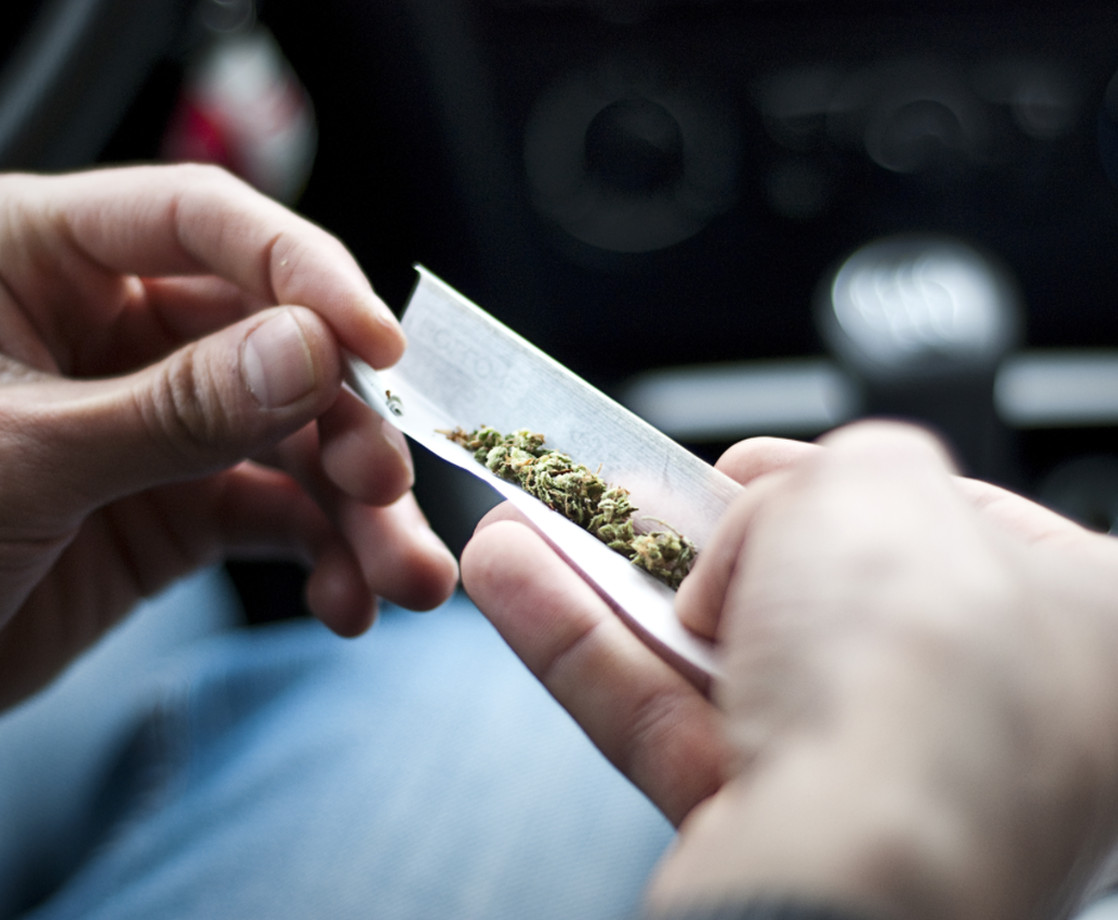Millennials are more likely to be stoned behind the wheel than any other demographic, a new study reveals, according to a report from the Washington Post.
Earlier this week, the AAA Foundation for Traffic Safety published a shocking account that shows young adults between the ages of 19 and 24 are more prone to break the rules of the road, including sobriety laws that frown upon the concept of smoking marijuana before getting behind the wheel.
What is perhaps most interesting about the latest discovery is that millennials do not seem to have any remorse whatsoever regarding their irresponsible actions. Researchers say that some are even completely oblivious to the fact that what they are doing is wrong.
“Some of the drivers ages 19 to 24 believe that their dangerous driving behavior is acceptable,” David Yang, executive director for the foundation, told the Post.
Although it may cause civil society some concern to think that young people are blazing down the roads along the great American landscape under the buzzed effects of marijuana, this transgression is far from the worst questionable practice these youngsters are pulling out there. The report finds that the millennial generation is also more likely to drive over the speed limit, run a red light, and even send a text message while operating a motor vehicle.
But the reality is, so is everyone else.
“Before you start pointing the finger, look in the mirror,” said John B. Townsend II of AAA Mid-Atlantic. “The study found that the majority of drivers of all ages have also engaged in the same risky behaviors in the last 30 days.”
This means every generation is driving high, not just millennials. The only difference, the study finds, is the millennial generation has no qualms about admitting to its reckless behavior. In fact, only 26 percent of this group believes they are driving more safely than the rest of the motorists.
According to the Post’s article, there was a 7.2 percent increase in fatal car crashes between 2014 and 2015. Incidentally, these types of accidents are the leading cause of death in teens.
“It’s critical that these drivers understand the potentially deadly consequences of these types of behaviors, and that they change their behavior and attitudes in order to reverse the number of fatalities on U.S. roads,” Yang concluded.











